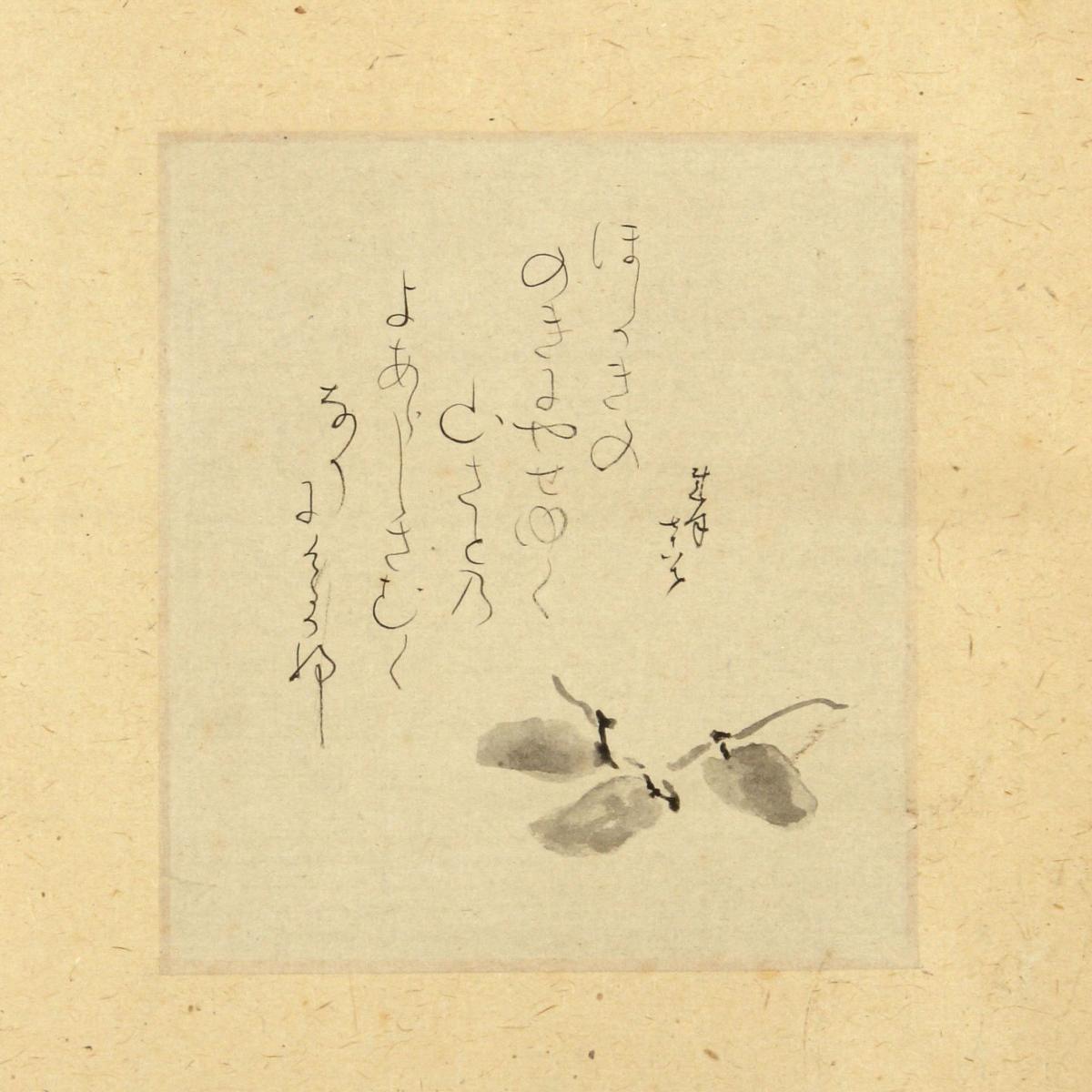As I sip the day's first cup of coffee, Jeff surfs past
channel after channel of dissatisfying morning television. The only significant
sound I'd been aware of, to this point, was the occasional tinny peep from his
headphones. Suddenly, we hear something else. He perks up in his plastic chair
and goes, "What's that noise?"
Why I take my eyes off the page to listen is a mystery, the same as why people
turn down car stereos when they're trying to locate an address, or talk louder
to distract others from a fart. Nevertheless, I look up from the book I'm
reading. A deep, rhythmic rumble pervades the whole cell. I might've been cool
with letting its provenance go unexamined, but now that he mentions it....
The rhythm continues, like what you'd hear down in the hold of a steamship: thoom,
thoom, thoom. What the hell could it be?
Jeff stands up and cracks our cell door to survey the wing. He peers one way,
then another, before looking directly downstairs.
"Oh, fuck," he says, rolling his eyes. The source of the resonance
is, at least in part, our building itself. One of the wing's four hollow steel
support pillars is being repeatedly hit, punched again and again, by a
downstairs resident. The syncopation is so regular, you could record it to back
a song about modern prisons' crappy construction.
The prisoner in question is one whom Jeff can't stand. I know the guy only by
the disrespect and arrogance he displays as he saunters around the facility,
camps out on the telephone, and unapologetically elbows strangers while cutting
in line in the dining hall. The editorial pieces he writes, which are often
published in prison-reform periodicals, make often cogent points but undermine
their own arguments by blaming every vicissitude except rainy days on systemic
racism. He clearly has a chip on his shoulder, is what I'm saying.
"What the hell's he doing?" I ask.
"Just flexing," Jeff scoffs. "Showing the wing he's a bad
motherfucker."
"I wish he'd do it more quietly." Yesterday, with his cell door
propped wide open, this man piped slow jams out of a tinny speaker at maximum
volume, from 6:30 to 7:45 in the morning. The day before that he hooked the
same clock radio up in the middle of the wing while the barber cut his hair
there. His is a very confrontational, taunting sort of indiscretion.
"I'd love to go down there and punch him in his smug face."
Hiding my disapproval with the most neutral expression I can, I say, "He's
already clearly suffering. You want to add to it?"
In practicing equanimity and withheld judgment, this is the kind of thing I say
now. I've even come to believe it, most of the time.
"Man, screw that. He's down there, deliberately trying to annoy the whole
wing."
"And succeeding with one man," I say. "What'd really be really
good is if we all went down there and offered him hugs and told him, 'I love
you.'"
Jeff's face puckers like the words taste lemon-sour in his mouth.
"If it makes it more palatable, you could say 'wuv' instead."
"We wuv you!" Jeff says, then laughs.
"Wuv woo!" I say, all singsong-y, and follow it up with the lip-smack
of a cartoon kiss. "Mmmmmmwah!"
Imagining a crowd of people waiting to hug and kiss our haughty downstairs
antagonist's cheeks, Jeff starts laughing hard enough to snort. I start soon
after.
Jeff says, "That'd piss him off so much, a bunch of white guys at his
door." He grabs his side, as if to steady himself. "He'd want to
start swinging, but he'd be too confused to even react. Oh, that'd be
priceless."
It's as if our wingmate's dejected by our dismissal of his attempts at
aggravation. As his boxing match with the structure ends, our giggles
dissipate. Just like that, Jeff and I have successfully transformed animosity
and annoyance into laughter and delight – ah, the power of wuv!

